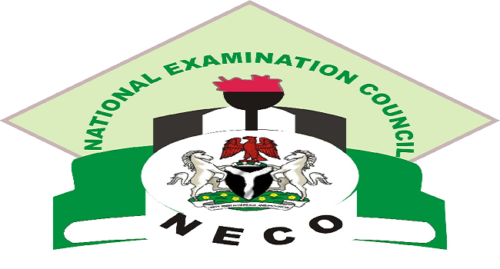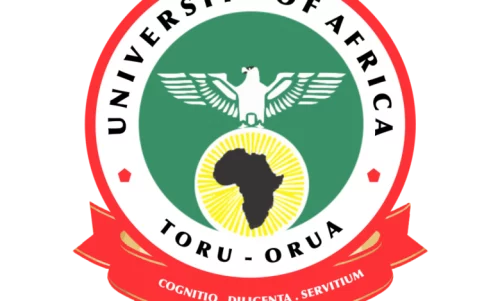Agric Keypoints: Factors of agricultural production; Agricultural production is influenced by several interconnected factors that collectively determine the success and efficiency of farming activities. These factors include land, labor, capital, and management.
Study other Agric keypoints here for JAMB, WAEC, IJMB
Understanding the dynamics and interactions between these elements is crucial for achieving optimal agricultural productivity and sustainability.
Agric Keypoints: Factors of agricultural production
A. Land
i. Types of Land Ownership in West Africa
Land ownership refers to the legal and social rights individuals or groups have over a piece of land. In West Africa, land ownership can be categorized into the following forms:
- Customary Land Tenure: Land ownership based on traditional and cultural practices. Ownership is often communal, with local authorities determining land allocation.
- Individual Ownership: Land owned by an individual or a family, usually through purchase, inheritance, or government allocation.
- Government/Public Ownership: Land owned and managed by the government for public purposes, such as infrastructure development or conservation.
ii. Land’s Meaning, Uses, and Effects on Agriculture
- Meaning of Land: Land in agriculture refers to the physical space upon which farming activities take place.
- Land Uses: Land serves various agricultural purposes, including crop cultivation, livestock grazing, and infrastructure development. It also supports biodiversity and environmental services.
- Effects of Land Ownership on Agriculture: Different land ownership systems affect land use patterns, investment decisions, and land conservation practices. Customary tenure can lead to sustainable resource management, while unclear land rights may hinder agricultural development.
iii. Differentiating Land Features and Their Effects on Land Use
- Land Topography: Slopes affect erosion and water management. Flat land is suitable for mechanized farming.
- Soil Quality: Fertile soil supports crop growth, while poor soil may require intensive management and fertilization.
- Climate: Rainfall patterns and temperature influence crop choices and farming methods.
- Access to Water: Proximity to water bodies or irrigation systems affects crop choices and yield potential.
- Land Size: Larger land holdings enable economies of scale and mechanization.
B. Labor
Different Types and Sources of Labor in Agriculture:
- Family Labor: Family members contribute to farm work.
- Hired Labor: Temporary or permanent workers are employed for specific tasks.
- Seasonal Labor: Workers are hired during peak agricultural seasons.
- Contract Labor: Workers are hired for a fixed period under specific terms.
Effects of Labor on Agricultural Production:
- Type of Labor: Family labor reduces costs but might limit scale. Hired labor can improve efficiency but adds to expenses.
- Skill Level: Skilled labor enhances productivity and quality.
- Availability: Labor shortages can affect timing of operations and overall production.
C. Capital
Sources of Capital in Agriculture:
- Personal Savings: Farmers invest their own funds.
- Loans and Credit: Borrowed funds from financial institutions or individuals.
- Government Subsidies: Subsidies and grants from government agencies.
- Investors: External investors contribute capital in exchange for a share of profits.
Problems Associated with Capital:
- High Interest Rates: High borrowing costs can limit investment.
- Lack of Access to Credit: Small-scale farmers may struggle to secure loans.
- Risk of Debt: Borrowing without a clear repayment plan can lead to debt.
D. Management
The Role of a Farm Manager in Agricultural Enterprise:
- Planning: Developing strategies, setting goals, and making decisions for the farm.
- Resource Allocation: Allocating land, labor, and capital efficiently.
- Risk Management: Identifying and mitigating potential risks.
- Decision Making: Making informed choices on crop selection, investments, and operations.
- Marketing: Selling products and managing market relationships.
Additional Points
- A.ii. Customary Land Tenure: Often promotes sustainable land use practices.
- A.ii. Individual Ownership: Offers security and incentives for investment.
- A.ii. Government/Public Ownership: Allows for public infrastructure and conservation efforts.
- B. Effects of Labor: Skilled labor enhances productivity and quality.
- C. Government Subsidies: Can lead to dependency and inefficiency if not managed properly.
Understanding the complex interplay between land, labor, capital, and management is essential for optimizing agricultural production. By considering these factors holistically and making informed decisions, farmers can enhance productivity, economic viability, and the sustainability of their agricultural enterprises.












